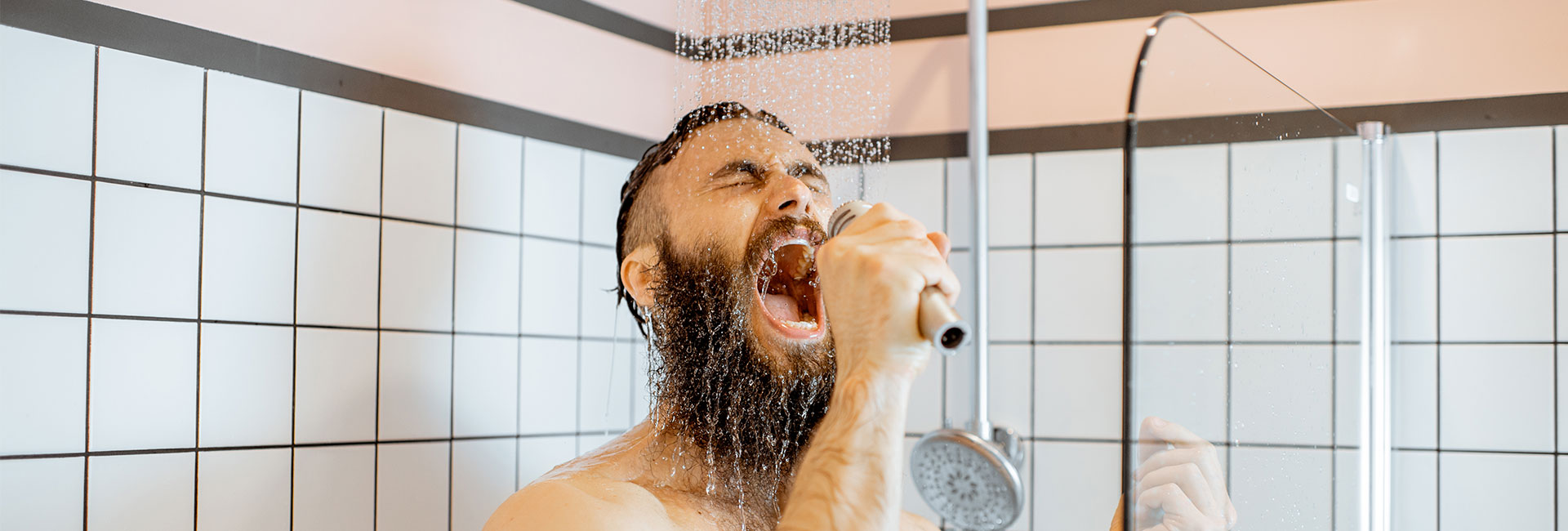
Can a menstrual cup give me TSS?
Short answer: NO.
There has been only one recorded case of Toxic Shock Syndrome associated with menstrual cup usage. Menstrual cups collect blood rather than absorbing it, thus negating the chances of getting Toxic Shock Syndrome.
It is still essential to know all the symptoms of Toxic Shock Syndrome in the case of an emergency. If you experience these after using a menstrual cup for an extended period, get medical help immediately.
- High fever
- Low blood pressure
- Headaches
- Confusion
- Muscle aches
- Seizures
- Rashes (especially on palms and soles)

Precautions
You can lower the chance of getting this extremely rare condition by taking a few precautions on your part:
- Wash your hands thoroughly with non-scented soap and water before inserting and while removing the menstrual cup.
- Empty cup’s contents and sanitize it by rinsing and washing with non-scented soap and water after every use.
- After every period, boil the cup in water for about 2 to 5 minutes to sterilize it and kill all bacteria.
- Store the cup in a breathable clean pouch provided by the manufacturer after every period as it allows for the moisture to evaporate. Storing the cup in an airtight box may be conducive to bacterial and fungal growth.
- If the cup has a foul odour or severe discoloration, dispose of it immediately. If you notice a cut or the cup thinning, it might be time to replace it.
- While it is recommended that you empty your cup every four to six hours, you can use the cup for up to 12 hours or overnight. Remember to never use a cup for more than 12 hours at a time to stop the build-up of bacteria.
Treatment
You will be admitted into the intensive care unit if you are diagnosed with Toxic Shock Syndrome, and the following treatments may be administered:
- Antibiotics and other medications
- Fluid administration to handle dehydration
- Tissue removal in extreme cases





























